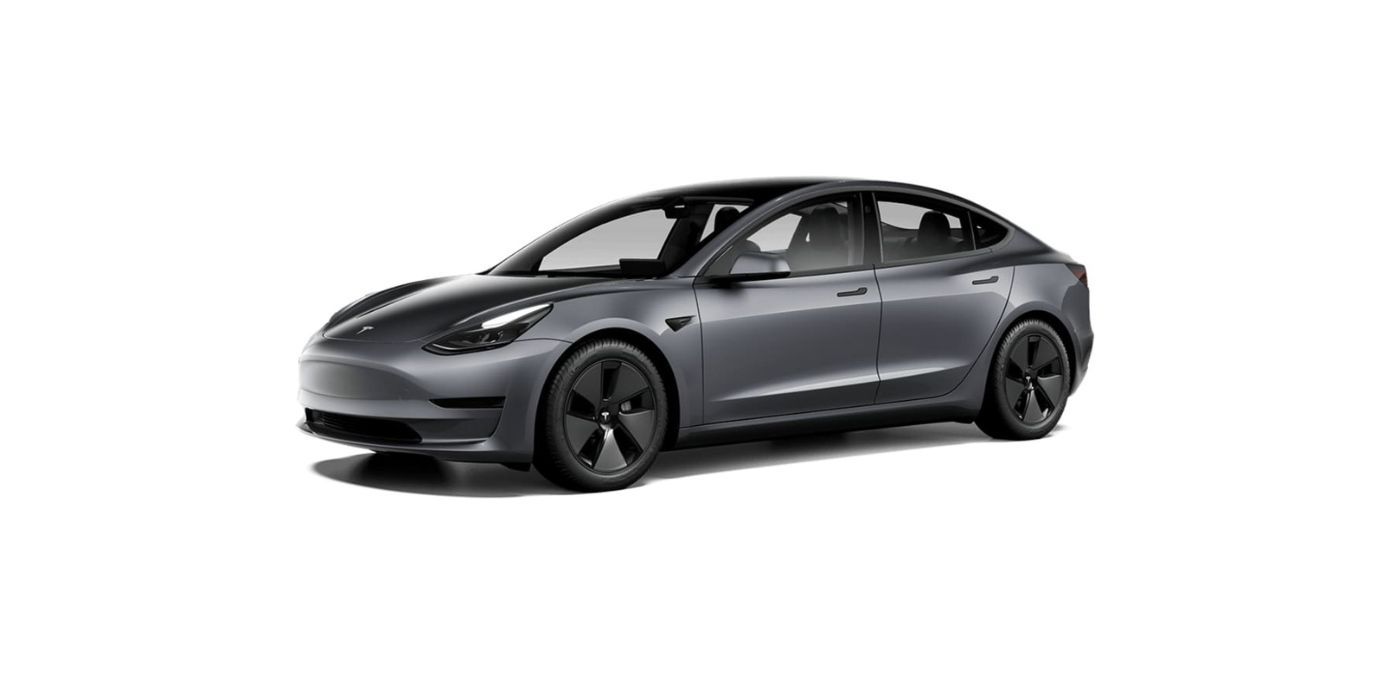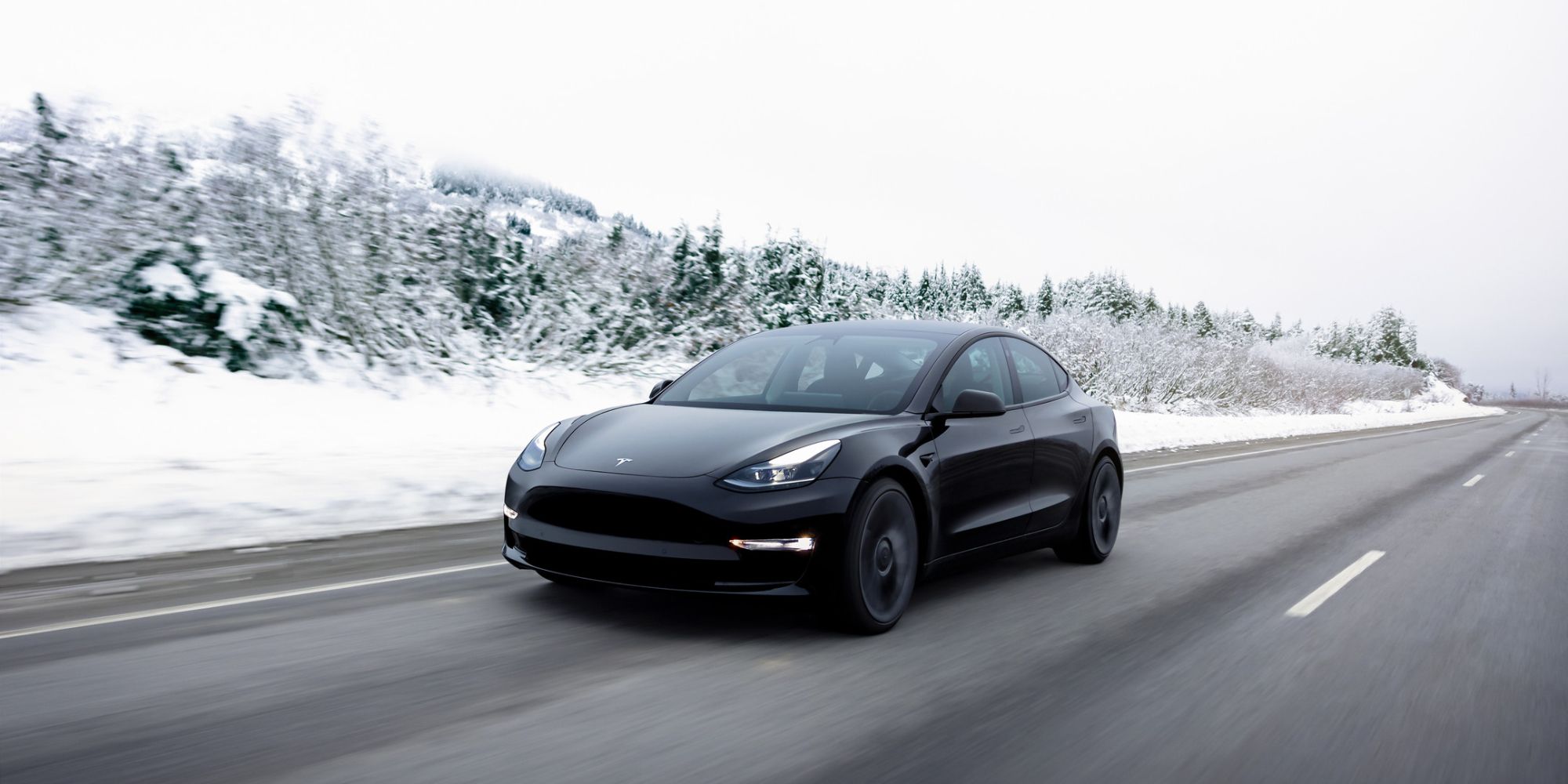The Tesla Model 3 offers more driving range than many rivals, but there are ways to get even more out of their EV. The range is arguably one of the major factors influencing a consumer's decision about electric models. Automakers often advertise EPA-estimated range, but those numbers are for ideal conditions. In a recent test to find the actual driving distance of long-range EVs, the winner, a Mercedes-Benz EQS, stopped moving after 324 miles, despite an official estimated range of 464 miles. As seen in the test, the real-world mileage of most EVs is often significantly lower, and buyers can't always rely on advertised numbers.
The Model 3 offers a decent driving range of 272 miles for the RWD trim and 315 miles for the Performance edition. However, the estimated mileage will drop in certain situations and depends on various factors like driving ability, weather conditions, and more. Range anxiety is a real concern since no one wants to get stranded with a dead battery, and charging may not always work as expected. Fortunately, there are some ways to get more distance out of an EV, with many recommendations also what a gasoline vehicle driver would follow to lower fuel consumption. For instance, frequent acceleration will deplete the Tesla Model 3’s range faster. Model 3 drivers can activate Chill Mode and Speed Assist to regulate the car's pace.
More EV Range-Saving Tips
One of the biggest advantages of owning a Tesla is its robust Supercharging network, which simplifies planning road trips and charging on the go. A Tesla supercharger also offers impressive charging speeds. However, regular fast charging will negatively impact the EV's battery health and reduce the car's range in the long term. If possible, home charging with the Tesla Wall Connector or using lower-speed public charging is better, assuming there are no time constraints. Another way to optimize range is by avoiding excessive cargo, as the EV will consume more energy with heavier loads. Don't forget to remove anything not essential from storage to lighten the weight.
Tesla's aero wheel covers, that Model 3 owners can buy as an add-on for $25 each, are known to increase efficiency, with real-world tests showing an increase of around 10 miles in range. Tesla also recommends using the rear/front seat and steering wheel heaters, which are more energy-efficient, instead of climate controls. Drivers should also precondition their car while the EV is plugged into a charger to optimize range in cold weather conditions.
Underinflated tires are also a big reason for range loss, with a drop of just a couple of psi below the recommended pressure causing a loss of four or five miles of range. Owners should check the specific tire pressure recommended for their particular model. For the Model 3, it should be between 40 and 45psi. Owners can check the tire pressure by going to Controls > Service on the car's touchscreen. Also, keep in mind that tires will lose one psi of pressure for every 10F (6C) drop in outside temperature
While the Model 3’s touchscreen displays the available range, it doesn't factor in one's driving habits and current climate conditions and can be misleading. The Tesla Energy App does a much better job representing one's energy consumption. It also tracks the EV’s closeness to charging stations and makes recommendations based on the remaining range and the location of the Tesla charging station.
Source: Tesla


